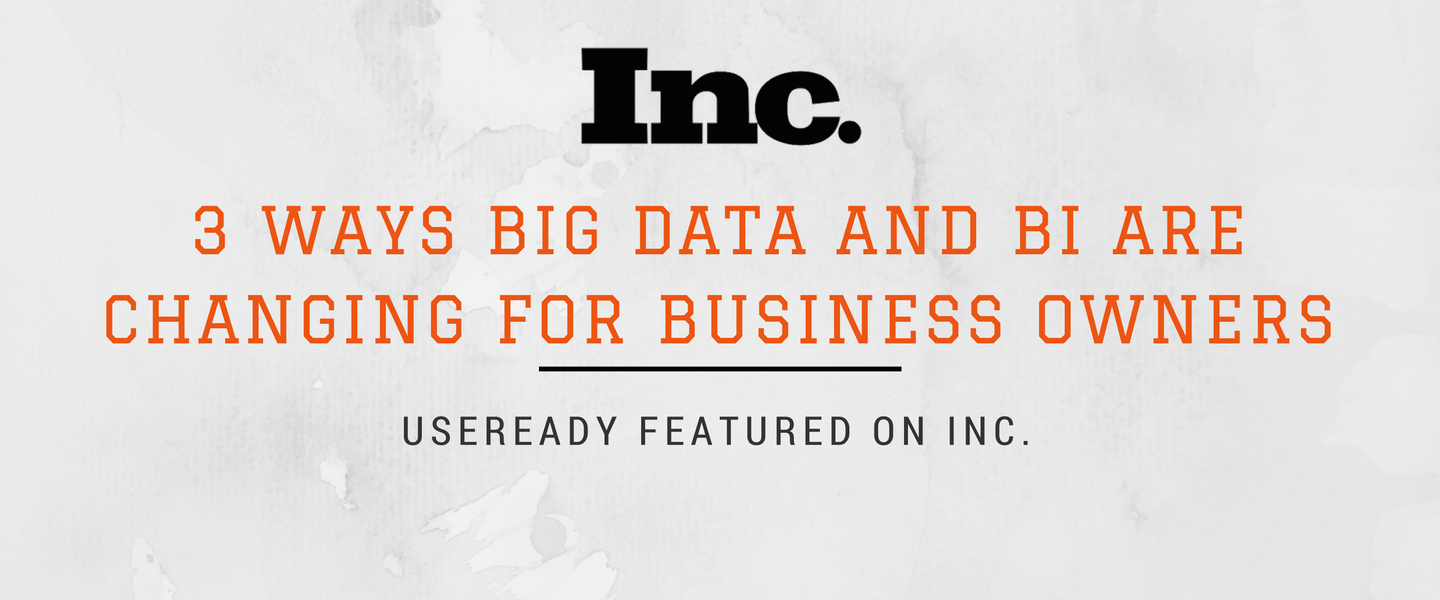Big data is not a new concept; it’s been around since the 90s. Few technology trends last more than a few years, let alone several decades, so it is important to take a look at why big data continues to be a force in the technology sector. The reason is that data is a core function of everything we do. From day to day decision making, all the way to major business decisions, we use information to help us evaluate which step is the right one.
That is why big data has driven growth in business intelligence, or BI, as every business needs a plan for how it will engage with the data it collects. BI initiatives are always evolving as technology improves and more people learn how to use it.
BI emerged when big data tools became easier to use for non-IT professionals and therefore increased in value. More and more companies are catching on to the impact these tools can have, creating a bustling ecosystem of apps, consultants, and hardware working to support BI initiatives. A.T. Kearney research found that spending on big data hardware worldwide may grow at a compound annual growth rate of 30% through 2018. That kind of growth indicates unprecedented demand and a shift in the way businesses are approaching data.
Firms that employ these technologies have the potential to gain a significant competitive advantage in their market, and as Jack Welch, former CEO of GE famously said, “If you don’t have a competitive advantage, don’t compete!” The following are three ways business intelligence is helping business owners engage with data to be more competitive:










 Media Coverage
Media Coverage Press Release
Press Release
